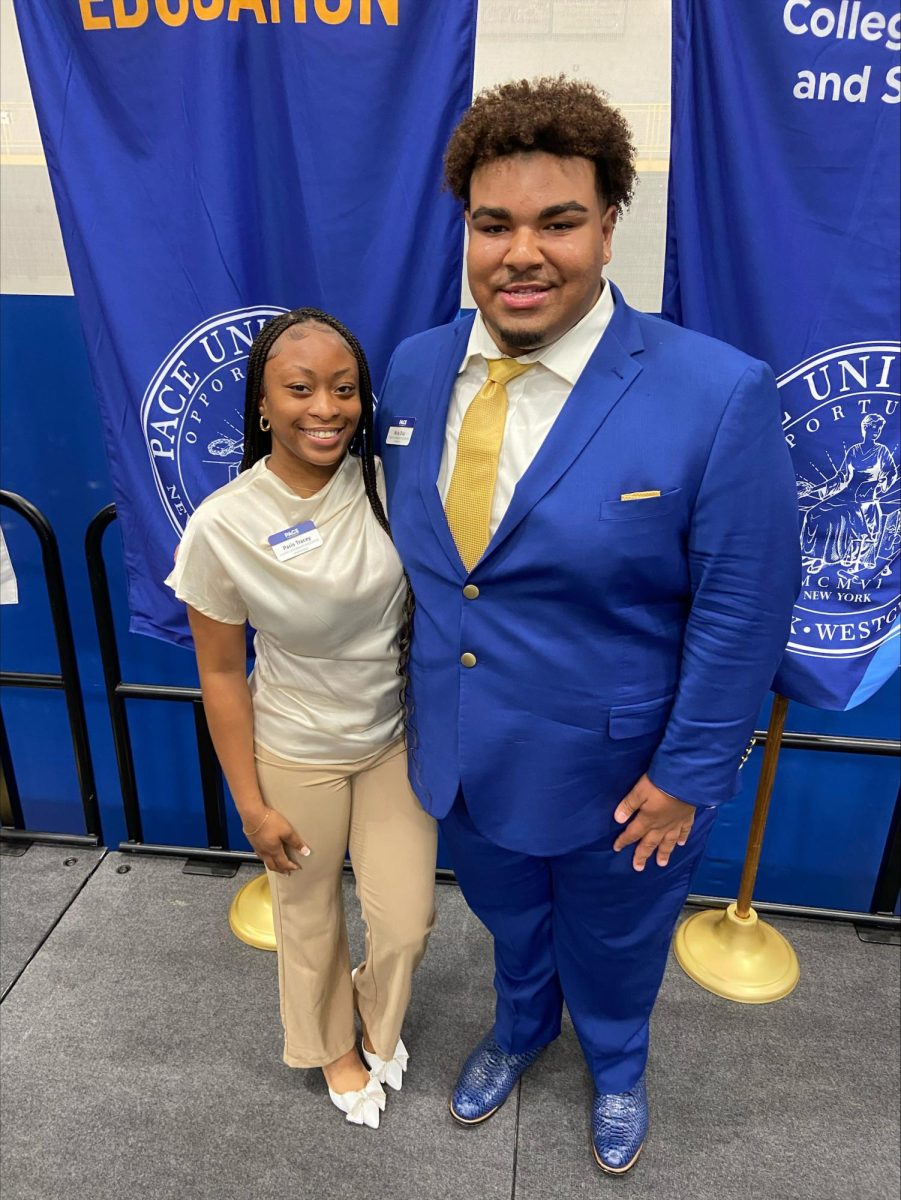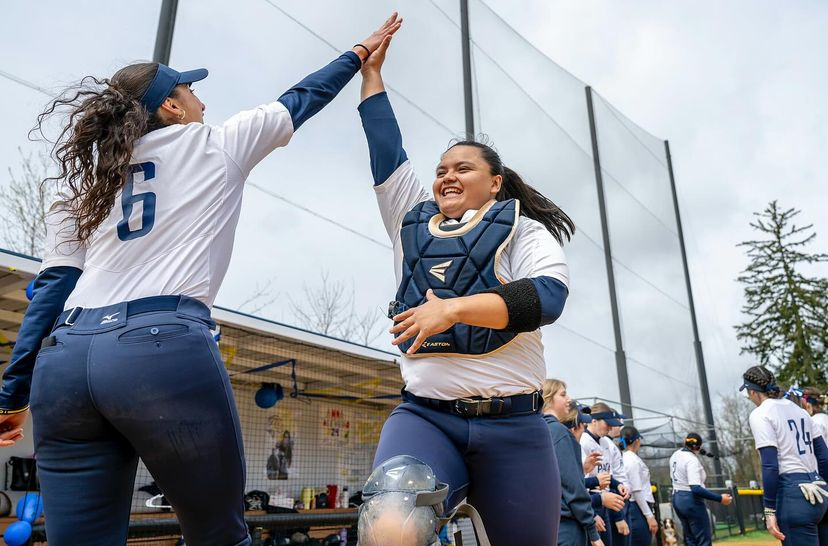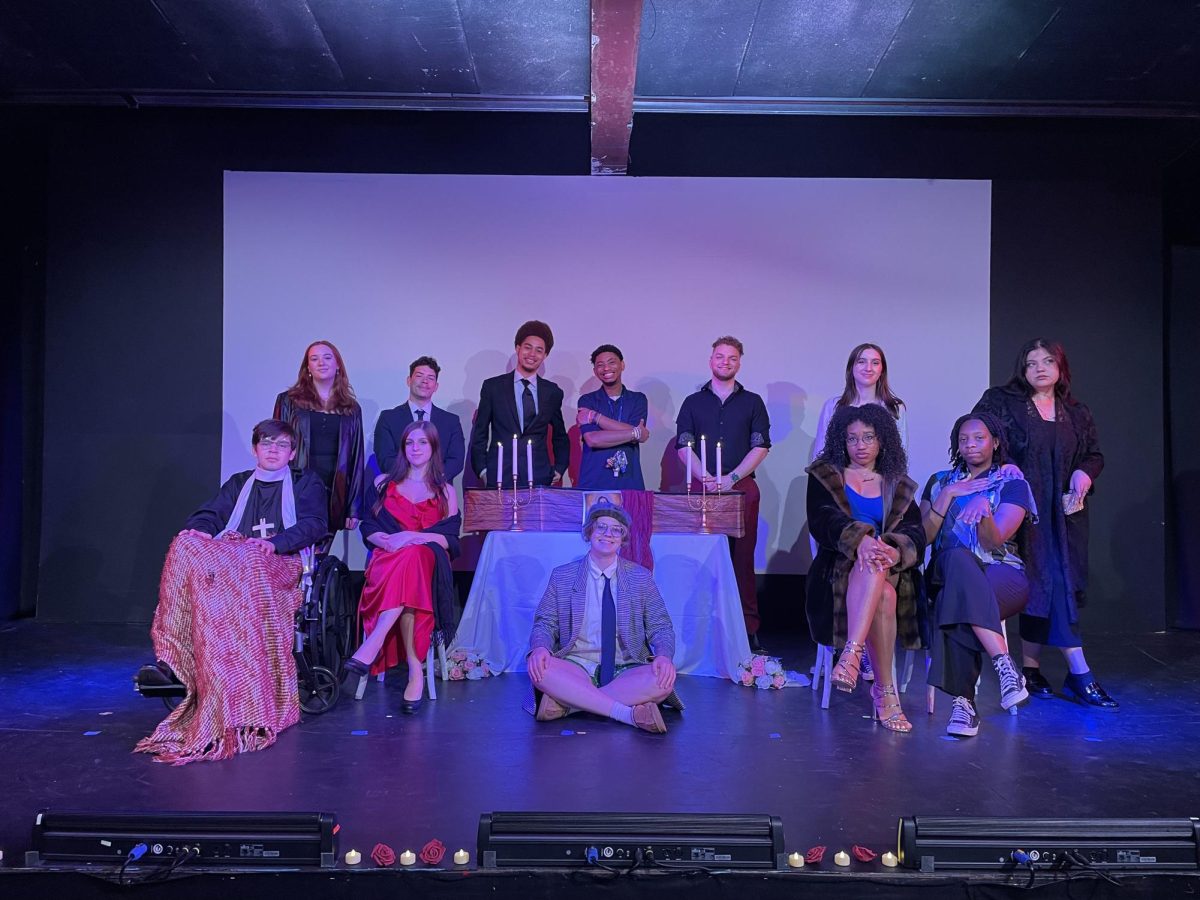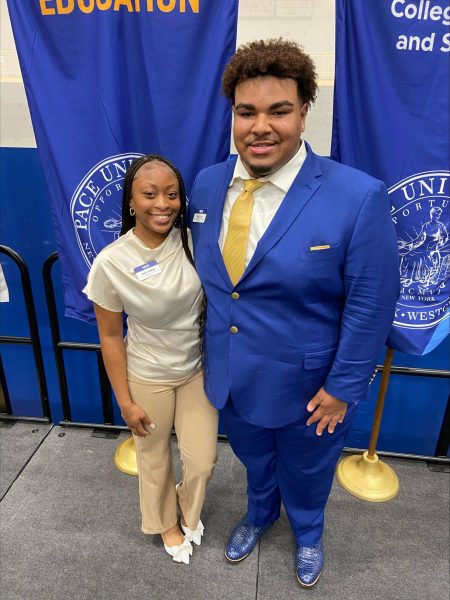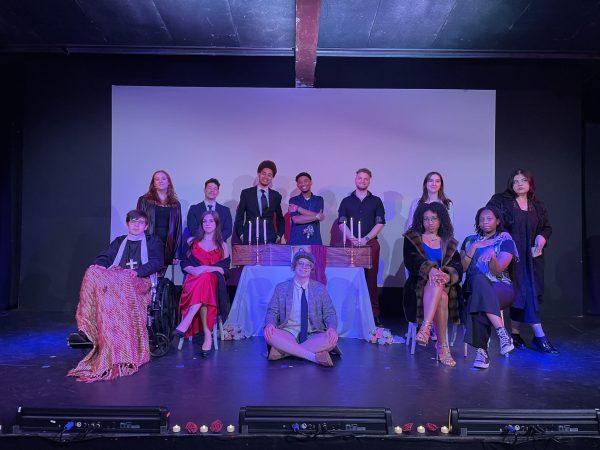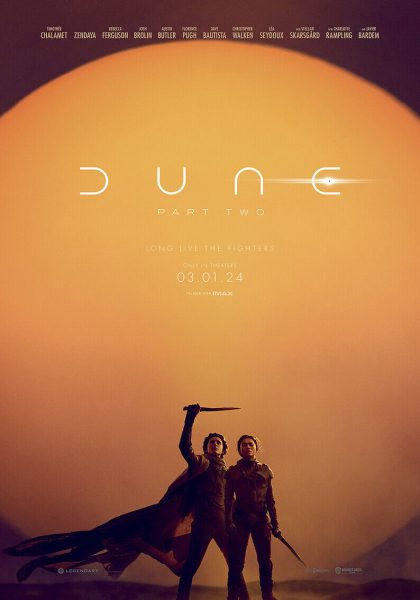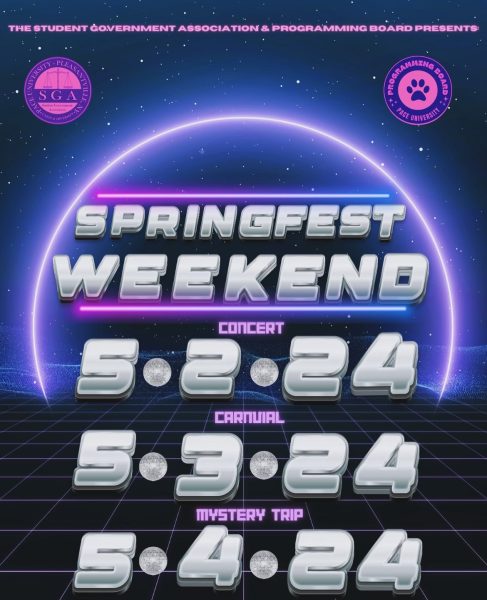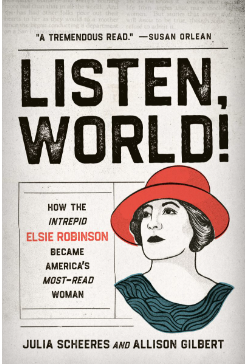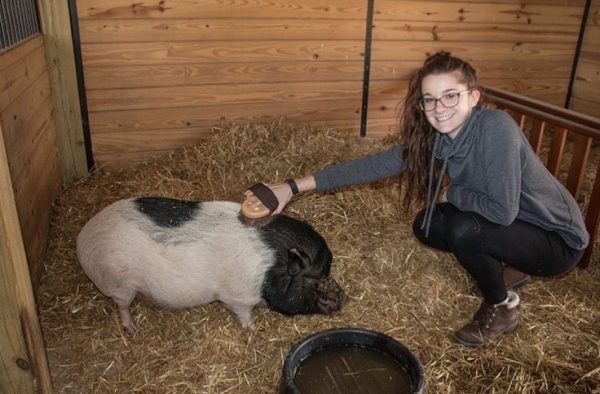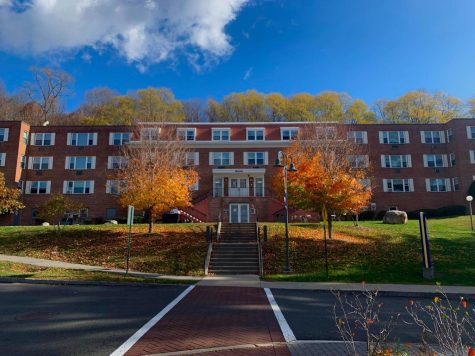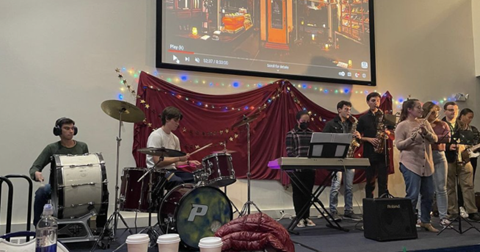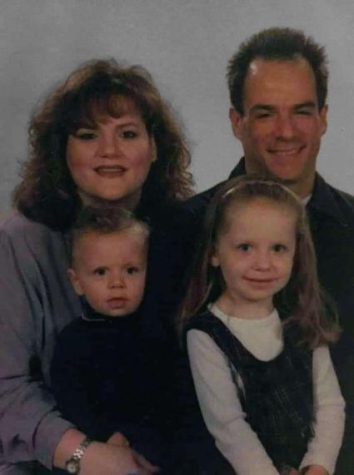That Was Then, This Is Now
November 16, 2015
Sigma Lambda Upsilon (SLU) Sorority hosted their “That Was Then, This Is Nowç2 event on Thurs., Oct. 29 in Butcher Suite to show how fashion has evolved throughout the course of history.
“The event is basically about how fashion has changed throughout the decades, and the impression that it gives people,” Recruitment Chair of Sigma Lambda Upsilon Alexa Diaz said. “People from older generations might [see the current styles] and think ‘oh those hoodlums’, but its actually not like that, it’s just the culture.”
The event began with a discussion of what exactly fashion is, which participants responded with answers like, what is trending, what is considered cool, and a way to express yourself.
“Fashion is a way of self-expression, how people feel,” Diaz said. “In today’s generation there are so many different kinds [of fashion] out there. There are people who dress like they are still in the 90s, or the whole rock and roll thing. And it can be misconstrued by older generations, who don’t understand it because it’s not the norm of when they were that age.”
Participants then compared pictures of older styles to newer ones, and came to the conclusion that newer styles are much more casual and laid back, and that clothes for males have gotten looser, and clothes for females have gotten tighter.
YouTube videos titled “100 Years of Fashion”— both male and female versions—, which showed the evolution of styles from the past 100 years, were then played. Most participants agreed that it was an accurate representation of how fashion has changed.
“I feel like back then, there was a certain [specific] image for being feminine, and that was what the trend was based on. Now it’s more individualized,” one student said.
Participants discussed why current trends are the way they are. One example used was how after the creation of Rosie the Riveter, women wearing jeans and denim became more common. It was also discussed how as women started doing jobs that were previously exclusive to men, their clothes became more functional.
“Women were taking over these jobs that were typically male dominated, so they needed clothing that was practical for what they were doing, which was manual labor. I’m sorry, you can’t do manual labor in a skirt,” Diaz said.
The event then moved into a discussion about current trends like the “men-bun”. While some participants thought that it looked good, others found it silly, and said they could not take its wearer seriously.
The event ended with students drawing what they felt would be the next fashion trend; some of the drawings showed a repetition of old trends, while some had completely new styles.
Participants felt like they learned a lot about fashion from the event.
“The event was informative, it showed me a different light to fashion. I would have never taken the time to think about how it’s changed over the years,” Pride At Pace Alternate Senator Brianna Cassara said.

